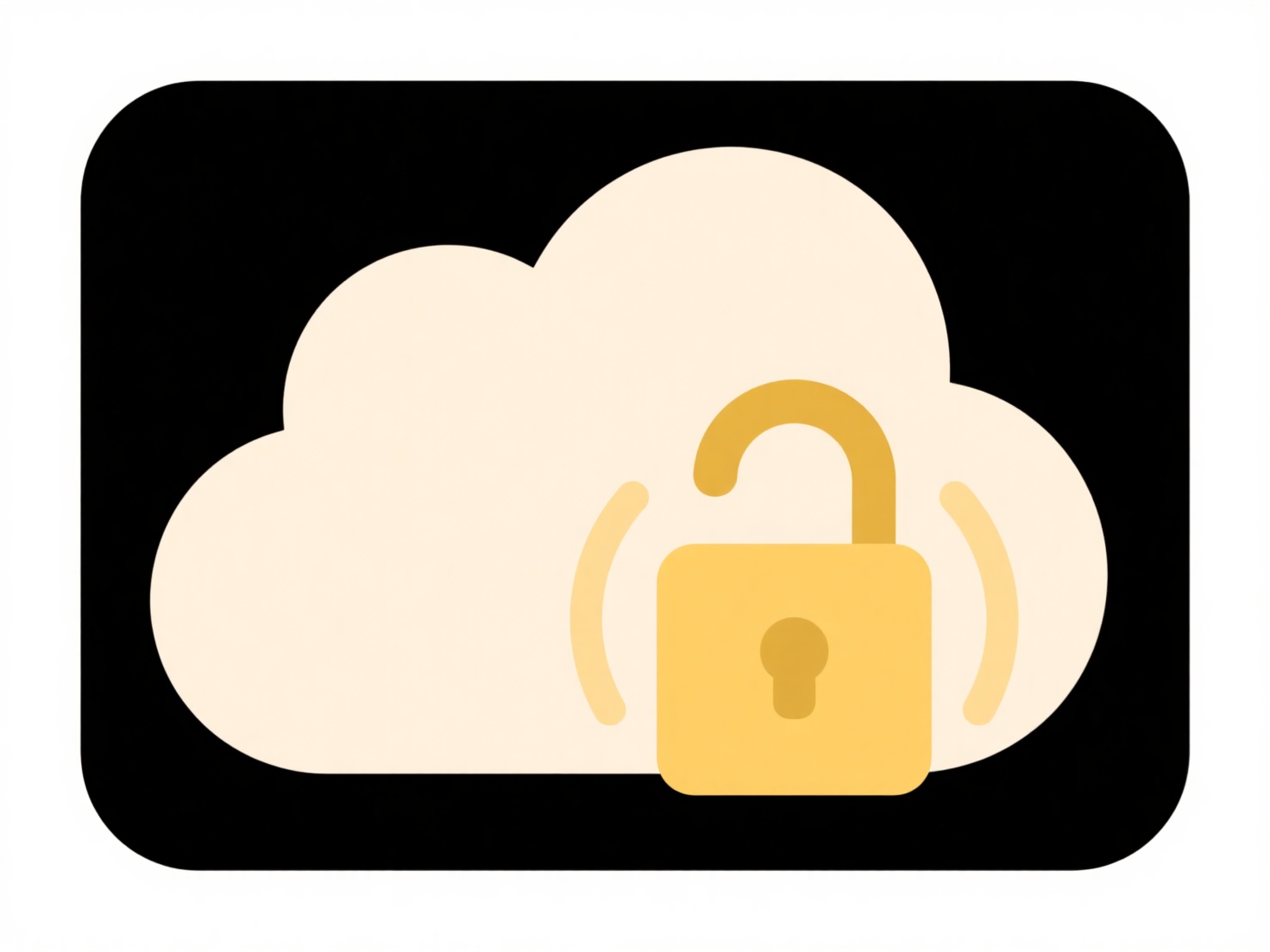
This message indicates you lack sufficient privileges to complete a requested action on a computer, system, or service. It arises due to permission settings controlling who can access or modify specific resources like files, folders, programs, or administrative functions. Essentially, the system or service owner has restricted your account level below what's required for the task you attempted. This differs from general errors by specifically pointing to authorization, not technical faults.

For instance, a standard office employee might see this trying to install unapproved software on their company computer managed by IT administrators. Similarly, on your home computer, you'll likely encounter it if you try to delete a critical system file protected by the operating system without explicitly confirming administrator rights. Cloud storage services like OneDrive or SharePoint also show this error if you try to access another user's private files without sharing permissions.
This permission model is crucial for security and stability, preventing accidental data loss and unauthorized changes. However, it can cause user frustration when legitimate actions are unintentionally blocked. Users often need to contact IT support or the resource owner to gain access, highlighting a balance between security and workflow efficiency. Modern systems increasingly offer more granular permission controls to minimize unnecessary roadblocks.
What does “You need permission to perform this action” mean?
This message indicates you lack sufficient privileges to complete a requested action on a computer, system, or service. It arises due to permission settings controlling who can access or modify specific resources like files, folders, programs, or administrative functions. Essentially, the system or service owner has restricted your account level below what's required for the task you attempted. This differs from general errors by specifically pointing to authorization, not technical faults.

For instance, a standard office employee might see this trying to install unapproved software on their company computer managed by IT administrators. Similarly, on your home computer, you'll likely encounter it if you try to delete a critical system file protected by the operating system without explicitly confirming administrator rights. Cloud storage services like OneDrive or SharePoint also show this error if you try to access another user's private files without sharing permissions.
This permission model is crucial for security and stability, preventing accidental data loss and unauthorized changes. However, it can cause user frustration when legitimate actions are unintentionally blocked. Users often need to contact IT support or the resource owner to gain access, highlighting a balance between security and workflow efficiency. Modern systems increasingly offer more granular permission controls to minimize unnecessary roadblocks.
Quick Article Links
How do I maintain readability and structure in long file names?
Maintaining readability and structure in long file names involves using clear separators, abbreviations, and consistent ...
Can I share files between different cloud platforms?
File sharing between different cloud platforms, like transferring data from Google Drive to Dropbox or AWS to Azure, is ...
How do I share files over Bluetooth or AirDrop securely?
Bluetooth and AirDrop enable wireless file sharing between nearby devices. Bluetooth establishes direct connections thro...